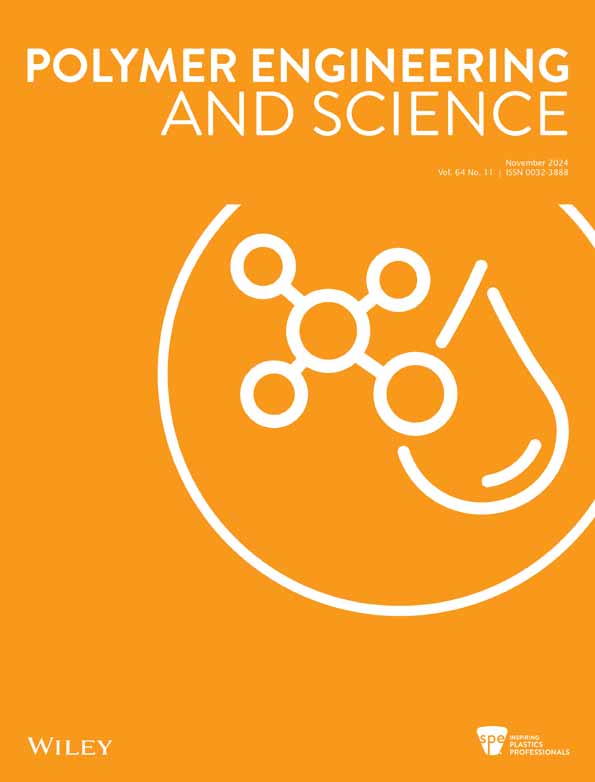Enhancing tensile properties of polymer‐based triply periodic minimal surface metamaterial structures: Investigating the impact of post‐curing time and layer thickness via response surface methodology
IF 3.2
4区 工程技术
Q2 ENGINEERING, CHEMICAL
引用次数: 0
Abstract
增强基于聚合物的三重周期性最小表面超材料结构的拉伸性能:通过响应面方法研究后固化时间和层厚度的影响
本研究旨在探讨后固化时间和层厚度对通过掩模立体光刻技术(MSLA)制作的各种三重周期性最小表面(TPMS)结构的拉伸特性的影响。该研究确定了改善极限拉伸强度(UTS)和吸收能量的最佳后固化时间、层厚度和 TPMS 晶格类型。为了对拉伸特性进行实验评估,使用了狗骨头形状的试样。测试区域存在三种不同的 TPMS 结构:Gyroid(G)、Neovius(N)和 Diamond(D)。在利用响应面方法学(RSM)研究了许多工艺因素后,应用优化方法找到了最佳的印刷程序。这项工作显示了 RSM 在制造过程中优化后固化和印刷参数对 TPMS 结构机械性能影响的新颖应用。根据优化结果,影响 UTS 的最大因素是层厚度,而增加能量的最重要因素是固化时间。根据优化结果,MSLA 印刷的最佳操作参数为层厚 0.05 毫米、后固化时间 40 分钟和晶格类型 N。比较了 TPMS 结构的机械性能。确定了提高 UTS 和能量吸收的最佳输入参数。进行综合实验评估,验证优化结果。
本文章由计算机程序翻译,如有差异,请以英文原文为准。
求助全文
约1分钟内获得全文
求助全文
来源期刊

Polymer Engineering and Science
工程技术-高分子科学
CiteScore
5.40
自引率
18.80%
发文量
329
审稿时长
3.7 months
期刊介绍:
For more than 30 years, Polymer Engineering & Science has been one of the most highly regarded journals in the field, serving as a forum for authors of treatises on the cutting edge of polymer science and technology. The importance of PE&S is underscored by the frequent rate at which its articles are cited, especially by other publications - literally thousand of times a year. Engineers, researchers, technicians, and academicians worldwide are looking to PE&S for the valuable information they need. There are special issues compiled by distinguished guest editors. These contain proceedings of symposia on such diverse topics as polyblends, mechanics of plastics and polymer welding.
 求助内容:
求助内容: 应助结果提醒方式:
应助结果提醒方式:


